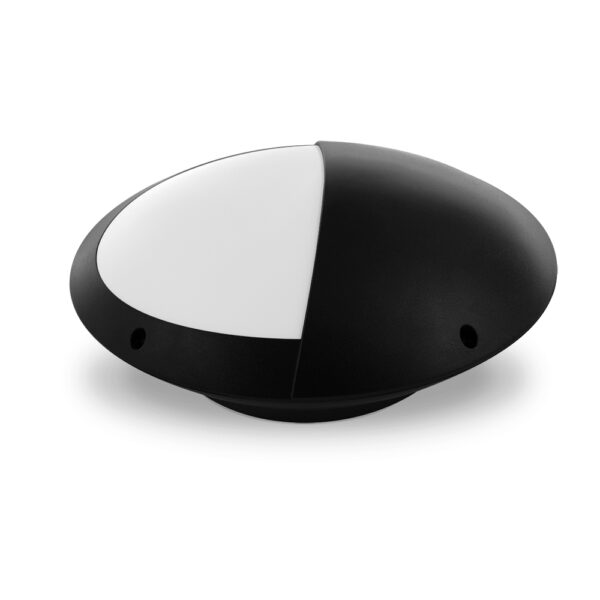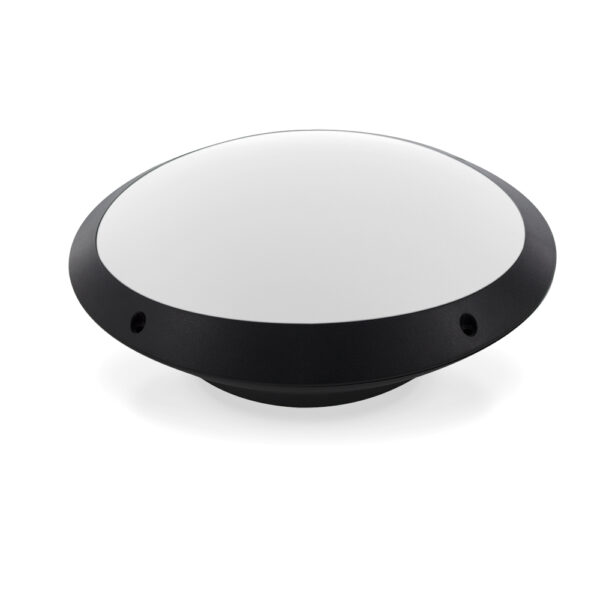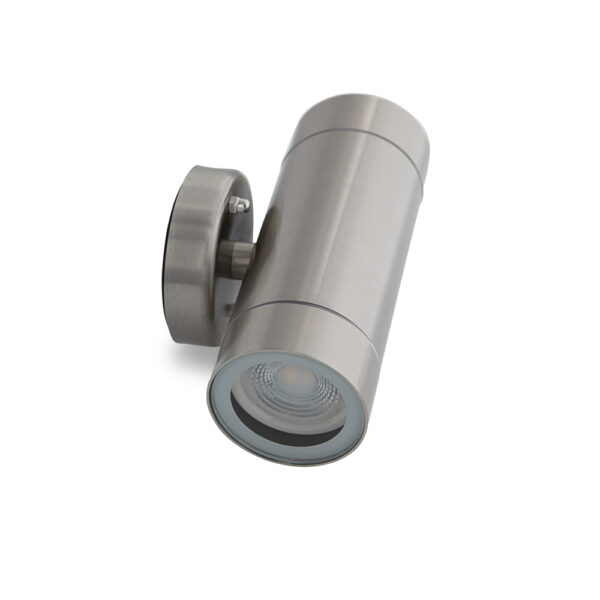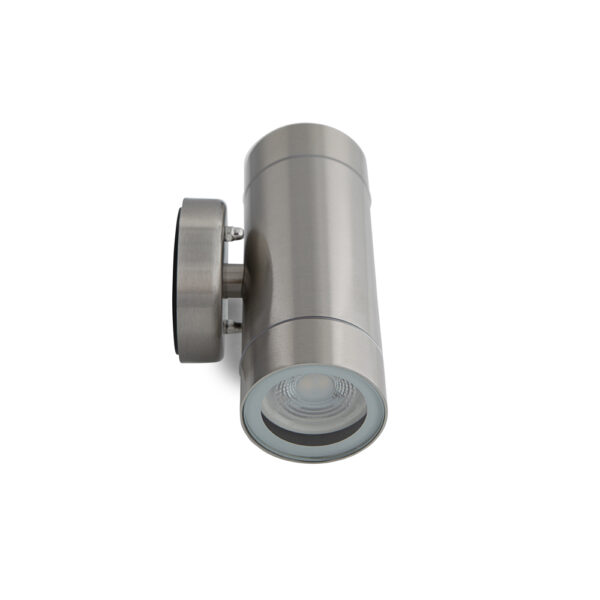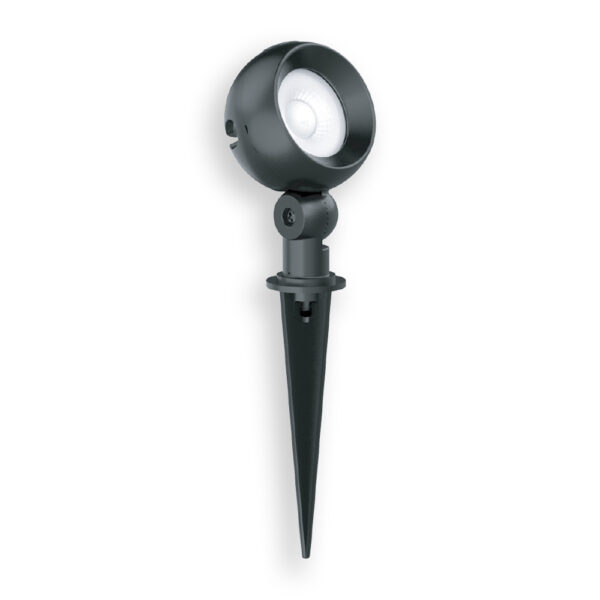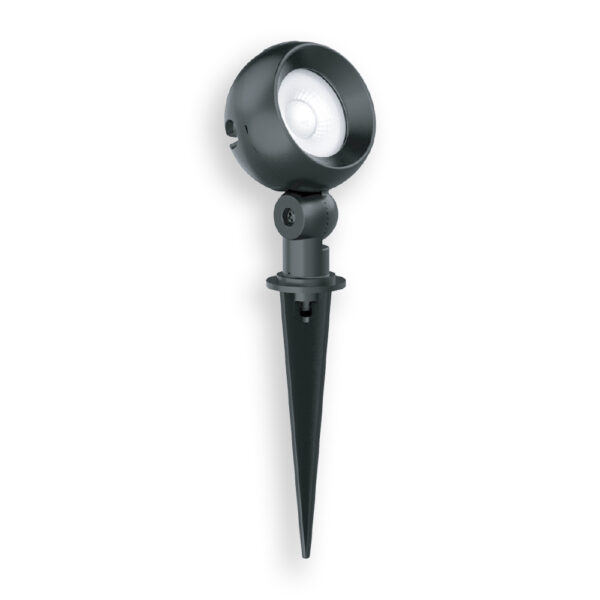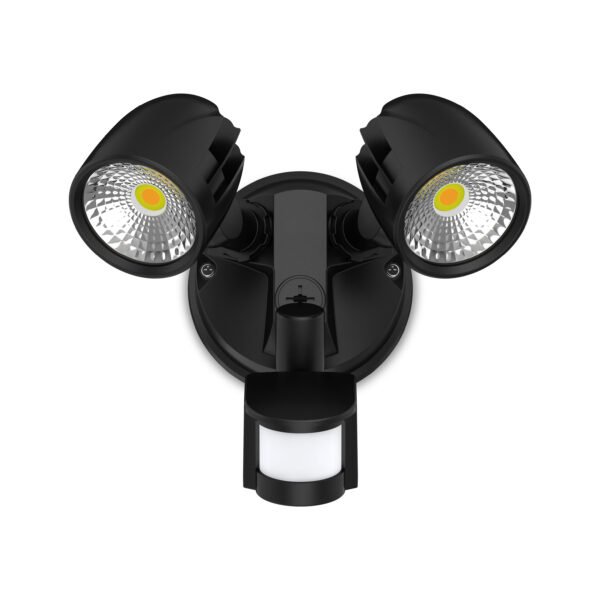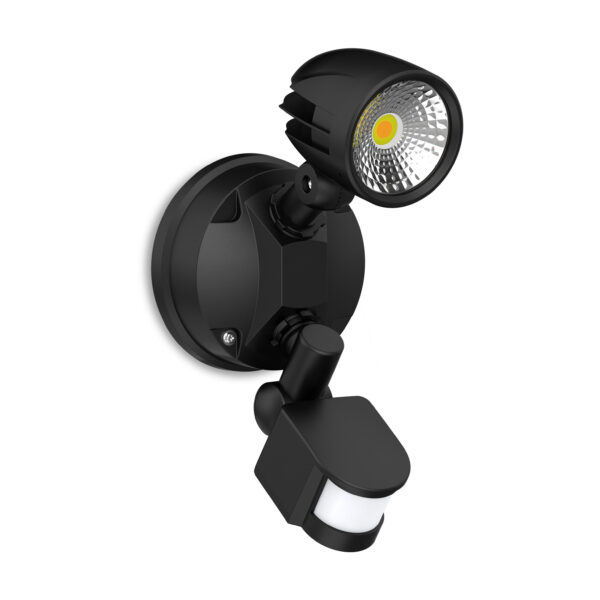Outdoor Lighting Selection Guide for Australian Electricians

Selecting lights for outdoor areas can be tricky. All the same considerations that come with choosing indoor lights apply, with the added difficulties of exposure to the elements and potentially complex installation conditions.

In Australia, customers need outdoor fixtures that can withstand severe weather conditions, from frost to searing heat, UV rays, and torrential downpours and hail. Beyond the environmental concerns, the varying lighting conditions of the outdoors creates extra challenges for light selection. Light output should be both pleasant and functional without creating unnecessary glare or nuisance to neighbours and wildlife.
Making smart outdoor lighting selections for your home, business, or for your customers, can truly uplift outdoor spaces and make them more enjoyable and functional for years to come. Choosing low-quality or inappropriate lighting, however, can lead to discomfort, upset neighbours, and lights that don’t go the distance.
Atom Lighting’s product range is Australian designed for durability in harsh local conditions, and we stand by our products by offering a VIP Warranty of 5 years on all products, including 2 years on-site warranty for select products.
Environmental Conditions
Australia is a land of diverse and oftentimes extreme environmental conditions, so choosing outdoor light fittings that can endure for more than a few seasons is important.
A Word on IP Ratings
Key to selecting suitable outdoor lights are IP ratings, that is, how resistant a light is to dust and water ingress. All quality outdoor lights should have an IP rating, but it is important to ensure the rating is appropriate for their intended location and use. Generally, IP44 is the minimum recommended rating required for outdoor light fixtures as this ensures they can resist dirt and rain, but a higher rating is preferable in most cases. For example, any fitting that may be washed by hose or pressure washer should have a rating of at least IP55 or IP56 respectively.
Luminaire Enclosure Materials
Compared to much of the world, Australia has particularly high levels of UV radiation from the sun which can wear out lighting enclosures and eventually cause them to fail. If you’ve ever seen an old plastic outdoor chair that’s faded and brittle, you know this effect well!
Most outdoor light fixtures are made from plastic (polycarbonate or ABS) or metal (steel or aluminium). Ensure the outdoor lights you select are made from UV-resistant plastic at a minimum, such as polycarbonate or UV-treated ABS. A benefit of plastic fittings, however, is their resistance to corrosion. If you choose a metal fitting and live in a coastal area, ensure it’s made from anodised aluminium or marine-grade stainless steel.

Lighting Paths and Doorways
Functional lighting for paths and doorways that helps people safely navigate around a home at night is one of the most common outdoor lighting solutions. It’s important to try to maintain even illumination along paths and stairs for safety, but also to prevent glare and harshness from overly bright lights. Try to position lights out of the eyeline or use fittings with diffuser lenses, use a minimum amount of light intensity, and consider using a warmer colour temperature. Ensure that lights positioned near doorways effectively illuminate the handle and lock or latch. For the ultimate in convenience, install a PIR sensor so that doorway lighting activates on approach.
Path and doorway lighting is usually achieved with a mix of garden spike lights, bollards, path lights, and wall mounted lights. Up/down lights are great for creating an attractive lighting feature, and IP-rated downlights can be used underneath eaves and covered areas.
TRI CCT Technology
Most lights in the Atom Lighting range feature TRI CCT technology. This allows the colour temperature to be switched easily and makes picking the right fixture foolproof.
Lighting Decks, Pergolas, and other Outdoor Areas
Australian’s love a backyard, deck, and barbecue to enjoy the outside air and entertain friends and family. A covered deck or barbecue area is the perfect candidate for IP-rated downlights, and adjustable wall spots can be great for functional lighting around the barbie. These areas usually benefit from warm lighting for an inviting and cosy feel.

For broader light coverage, consider using bunker lights. Unlike the focused beam of downlights and wall-spots, bunker lights provide wide illumination across an area, making them especially effective for larger spaces or where uniform lighting is preferred. Bunker lights are also designed for harsh outdoor conditions, with high IP ratings, durable enclosures, and insect-resistant seals for reliable performance over time.
Many awnings and pergolas feature a polystyrene core as it’s lightweight and insulates against heat, but when it comes into contact with standard PVC-coated electrical cabling, it can actually cause it to deteriorate over time. If cables will be in contact with polystyrene, it’s best to use lights with non-migratory cabling, or to use conduit, to prevent damage.
Security Lighting
Security lighting is one of the most effective and affordable ways to protect a home or business from break in. While security lights won’t stop a determined intruder, they are a great deterrent and can serve as a warning system for residents. They’re commonly positioned at the front of a house or garage and around side access points to the rear of the property. Use them to protect valuable items and vehicles and to light up dark entryways that might be used by an intruder.
Outdoor security lights typically feature a high lumen output, a robust weather-resistant build, and can include timers and/or motion sensors. Spotlights are ideal for ensuring that light is directed onto the necessary area while reducing spill onto neighbouring properties. Outdoor flood lights, on the other hand, can be used to illuminate large open areas. Care should be taken to prevent light spill or glare for neighbours when using these bright lights.
Garden and Landscape Lighting
Adding lighting to gardens and landscaping can be a great way to better enjoy the hard work put into your yard at night. Lighting a large tree, an interesting hedge, landscape feature or fountain can add interest and elegance to your garden and create some serious wow-factor when entertaining guests.
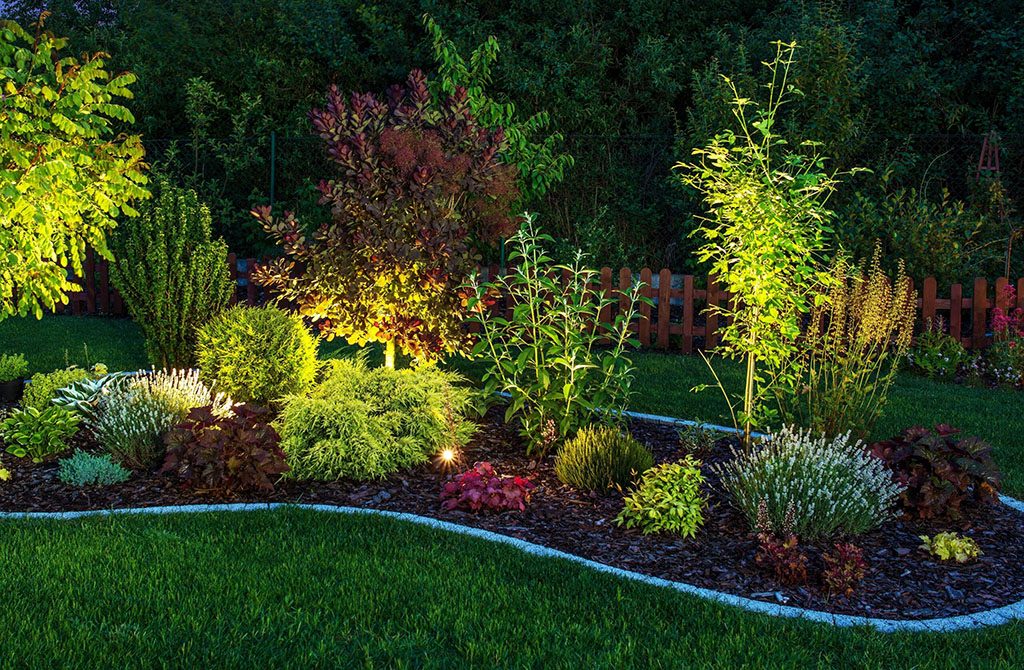
Garden spike lights are ideal as they’re easy to install and feature an adjustable head to get the positioning just right, even as trees and plants grow and change. As they’re positioned on the ground, they can be used to create dramatic lighting effects from below. Experiment with placing the light at different distances from the object to see how the light and shadows change.
When lighting a tree, bush or other feature in the garden, it’s worth keeping in mind the relationship between the distance of the light and the beam angle. The closer the light is to the subject, the wider the beam angle needed to ensure the full surface area is lit. If the light is further away, a narrower beam angle can be used for the same coverage.
Commercial Outdoor Lighting
The first priority in exterior lighting for businesses is ensuring necessary areas are well-lit for security and functionality. Doorways, pathways, and parking lots should be made visible for the safety of customers and staff, and to improve the effectiveness of security footage. Spotlights, floodlights, and bunkers are ideal, and should be paired with timers and sensors to ensure their use is appropriate and energy efficient. It is important to consider any local regulations that may impact the scope of a commercial outdoor lighting project.

Commercial outdoor lighting fixtures need to be energy efficient and durable to reduce ongoing costs and prevent downtime. When comparing fixtures, consider the IK rating of each unit. This rating determines how robust a light is against physical force such as accidental damage and vandalism.
Lastly, the same aesthetic benefits of outdoor lighting for homes applies to businesses, too. Building exteriors, signage, architectural features and landscaping can all benefit from tasteful outdoor lighting, improving overall brand perception and ensuring the location remains visible to potential customers at night.
Sensors and Timers
Outdoor lighting benefits from sensors and timers for convenience, to reduce light pollution, and to save energy when not in use.
An important consideration for outdoor lighting is its potential impact on neighbours and wildlife, and council websites around Australia provide advice on minimising light pollution. By using timers and/or sensors, effects can be mitigated by not running lights unnecessarily. Garden and pathway lights especially benefit from timers so that they don’t need to be turned off each day, and doorway and security lights benefit from sensors for convenience and security.
Brighten Up the Outdoors
Taking the time to plan and make even just a few smart outdoor lighting choices can drastically improve the functionality and enjoyment of outdoor areas.
Related products



